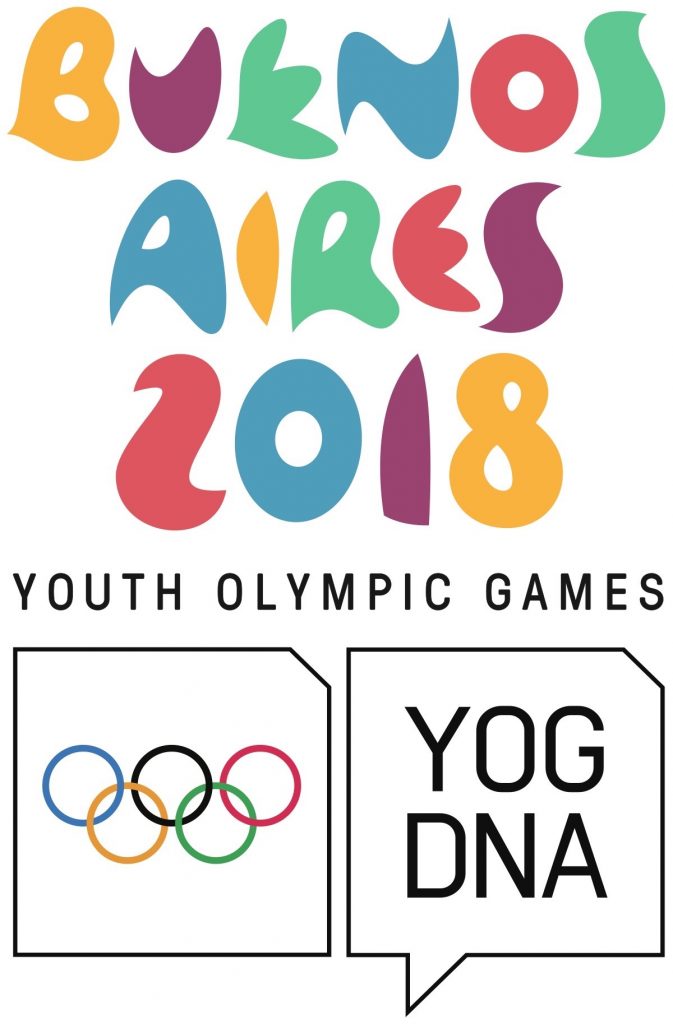We support the Buenos Aires 2018 Summer Youth Olympic Games and encourage all to celebrate these Games in peace!
Foreword
Let us introduce you to the Olympic Truce by making a brief reference to ancient times. Back then, around 776 BC, according to the myth, Iphitos, the king of one of Greece’s city-states, which were in constant conflict, went to the Delphic Oracle to ask how he could end these conflicts. The Oracle urged him to revive the Olympic Games as a means to achieving temporary peace. As the messengers traveled to various cities and states announcing the Games, participants began their preparations, which essentially meant that armed conflicts gradually took a back seat, as citizens who were also soldiers took part in the Games, where a victory took on great value – not just symbolic – and this resulted in a reduction in the amount of time willingly devoted to bearing arms. So, every four years a ceasefire was agreed to for athletes, spectators and artists to travel to and from the Games in Olympia. The Truce was observed, though not always in full, for some 1,200 years, making it the most durable peace accord in history.
In 2000, the Greek government, in cooperation with the International Olympic Committee, decided to revive the idea of the Olympic Truce by creating the International Olympic Truce Foundation and Centre – to promote the necessity of honoring the Truce; that is, a ceasefire lasting through the 16 days of the Games themselves, in an effort to adapt the practice of the ancient Truce to the demands modern times.
You can of course understand the vast importance a ceasefire can have in war zones, if only for a month, because it provides an opportunity for a number of actions: from the provision of humanitarian aid, through the opening of requisite corridors, to time for seeking a compromise formula. The main reasoning behind the Olympic Truce is that, through a temporary ceasefire, we provide the time for the involved parties not just to sit at the negotiating table, but also to see the benefits of non-conflict and to consider whether, in the end, it is worth their while to continue hostilities rather than live in peace.
We often underestimate the power of sport to bridge differences, if not to resolve them altogether. In the case of an issue as complex and difficult as that of the Korean Peninsula, the Winter Olympic Games provided an opportunity for the two Koreas to come to the table for talks after an uneasy hiatus. The Games certainly didn’t settle all their differences but they enabled the two sides to come closer together, de-escalate tensions and bear witness to the beneficial consequences of peace, as opposed to the risks involved in sustaining potential for conflict. The “opportunity” of the Olympic Games ultimately served as a springboard for talks on thornier issues. Regardless of the result, we should reflect on the fact that if it weren’t for the milestone of the PyeongChang Winter Olympic Games this past February, there would not have been such a wide-open window of opportunity for the dialogue between Seoul and Pyongyang.
We kindly ask you to pledge your support for Olympic Truce and become our ambassadors, disseminating the messages of Olympic Truce in your respective communities and, by extension, worldwide.
